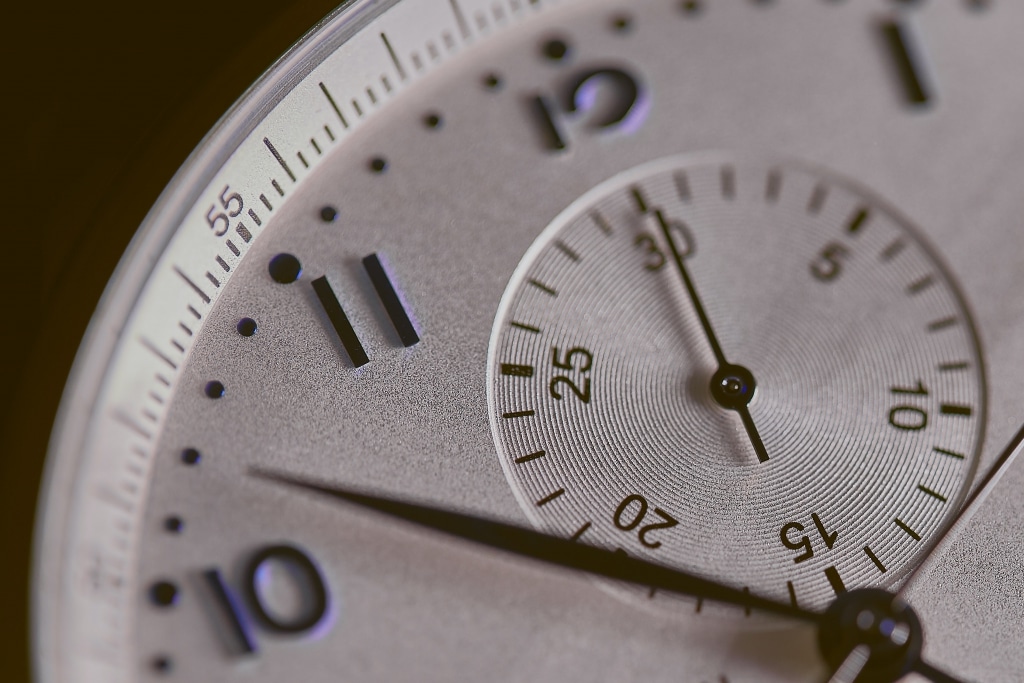How long do patents last?
Updated 19 July 2021.
How long do US patents last?
Different types of patents have different lifespans. All of the answers below are for United States (US) patents.
When most people think of patents, they are thinking of utility patents. There are other types of patents, such as design patents and plant patents.
Some countries, including the US, require some kind of ongoing payment to maintain your patent. In the US, maintenance fees are due at 3.5, 7.5, and 11.5 years after the patent issues. Many foreign countries require annual fees to keep patents alive.
Even though you might have been granted a patent, if you fail to make the required fees, your patent may expire – which means you cannot enforce it and it is dedicated to the public.

How long do utility patents last?
Utility patents last 20 years from the earliest priority or 17 years from the date of issue, whichever is longer. Note that you must pay maintenance fees to keep the patents alive.
If the USPTO takes longer than three years to grant your patent, you may get Patent Term Adjustment, which gives you extra time at the end of the normal patent term. Patent Term Adjustment is calculated on the Patent Office’s delay, but you are penalized if your attorney contributes to part of the delay.
There is another program called Patent Term Extension which is different than Patent Term Adjustment. Patent Term Extension is additional patent term added because of regulatory delays. This program was designed for drugs and medical devices that require FDA approval, and these products often take a long time for clinical trials.
Because utility patents require maintenance fees, many patents expire for failure to pay maintenance fees.
How to check if maintenance fees have been paid?
You can check if a patent is still in force by checking Public Pair on the USPTO website.
Beware, however, that even if a patent is listed as expired for failure to pay maintenance fees, a patent may be revived by paying a fee. If you are an infringer, note that you cannot be sued for infringement during the period the patent was expired.
The maintenance fee schedule (current as of July 2021):
- 3.5 years: $1,600 for a large corporation, $800/$400 for a small/micro entity.
- 7.5 years: $3,600 for a large corporation, $1,800/$900 for a small/micro entity.
- 11.5 years: $7,400 for a large organization, $3,700/$1850 for a small/micro entity.
Furthermore, the USPTO imposes a penalty cost of $160 for late payments made within six months of the due date for a large organization, $80 for a small entity, and $40 for a micro entity. There is a fine of $1,700 for a large entity, $850 for a small entity, and $850 for a micro entity if the payment is late due to unavoidable circumstances.
A small entity is defined as an individual, a nonprofit organization, or a firm that employs fewer than 500 people.) To be categorized as a micro business, the applicant’s income cannot exceed three times the preceding year’s median household income, which is around $50,000. In addition, the applicant cannot be named on more than four previous applications.
How long do design patents last?
Design patents last 15 years from the date of issue. Design patents filed before May 13, 2015 have a patent term of 14 years.
Design patents do not need any maintenance fees in the US.
The life of a design patent is based on when the patent issues, not when the patent is filed. No matter how long the patent prosecution takes, once the patent issues, you are guaranteed your 15 years of life. Also, because there are no maintenance fees, you do not need to check to see if the patent is still in force.
How long do plant patents last?
Plant patents last 20 years from their application date. No maintenance fees are required for plant patents.
How long do drug patents last?
Drug patents (and some medical devices) can be extended in some circumstances while undergoing FDA approval. This can extend the life of the patent by up to 5 extra years. This is known as “Patent Term Extension.”
What is the effect of a terminal disclaimer?
A terminal disclaimer restricts a patent to expire on the same day as another patent. This occurs when someone tries to get two patents on essentially the same invention.